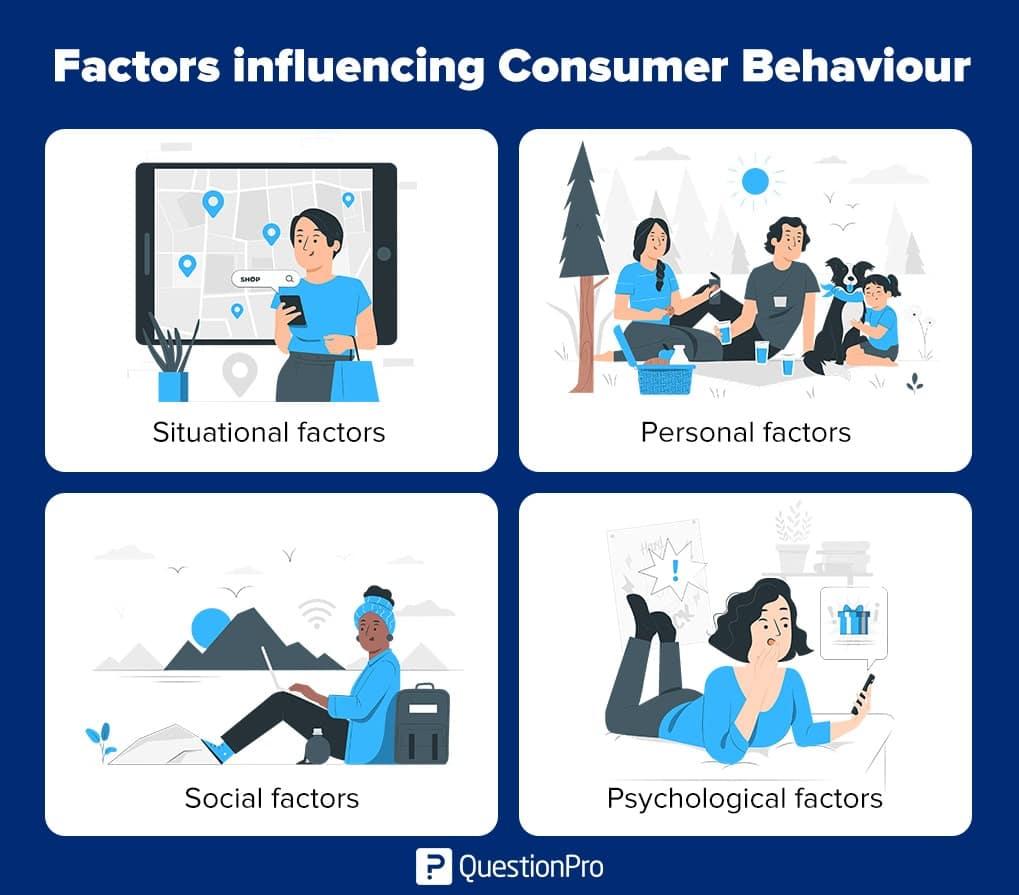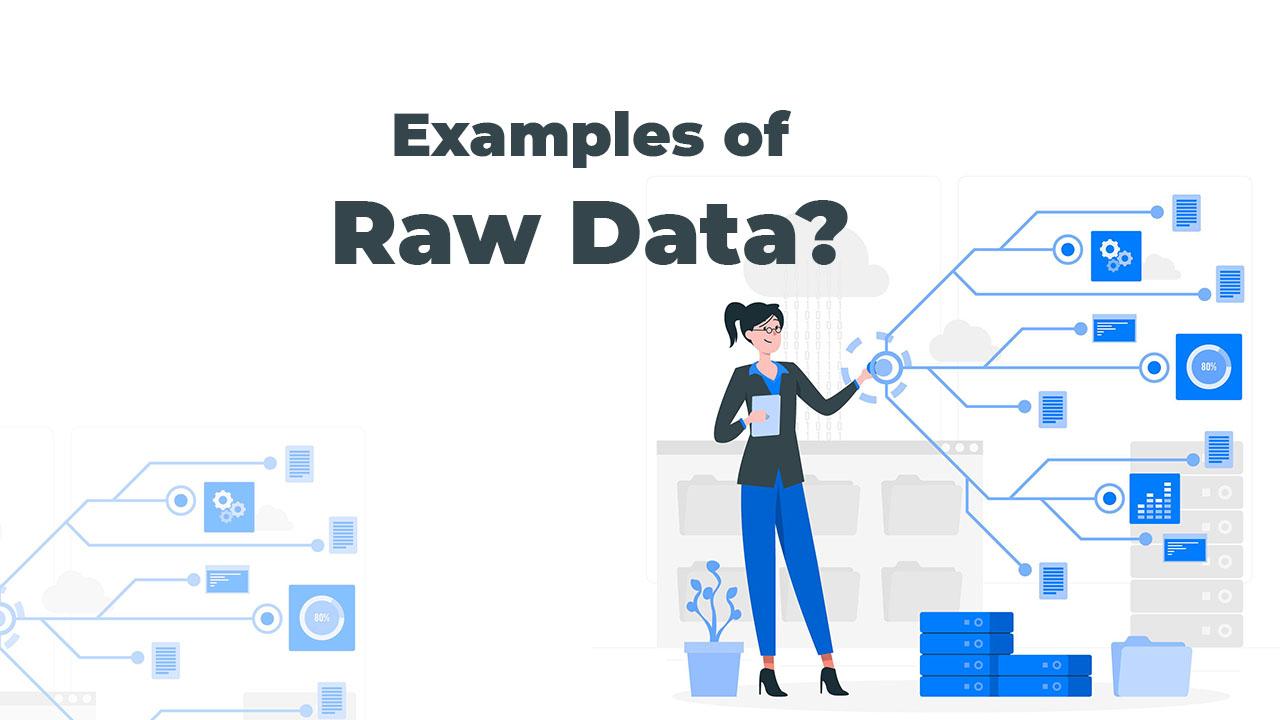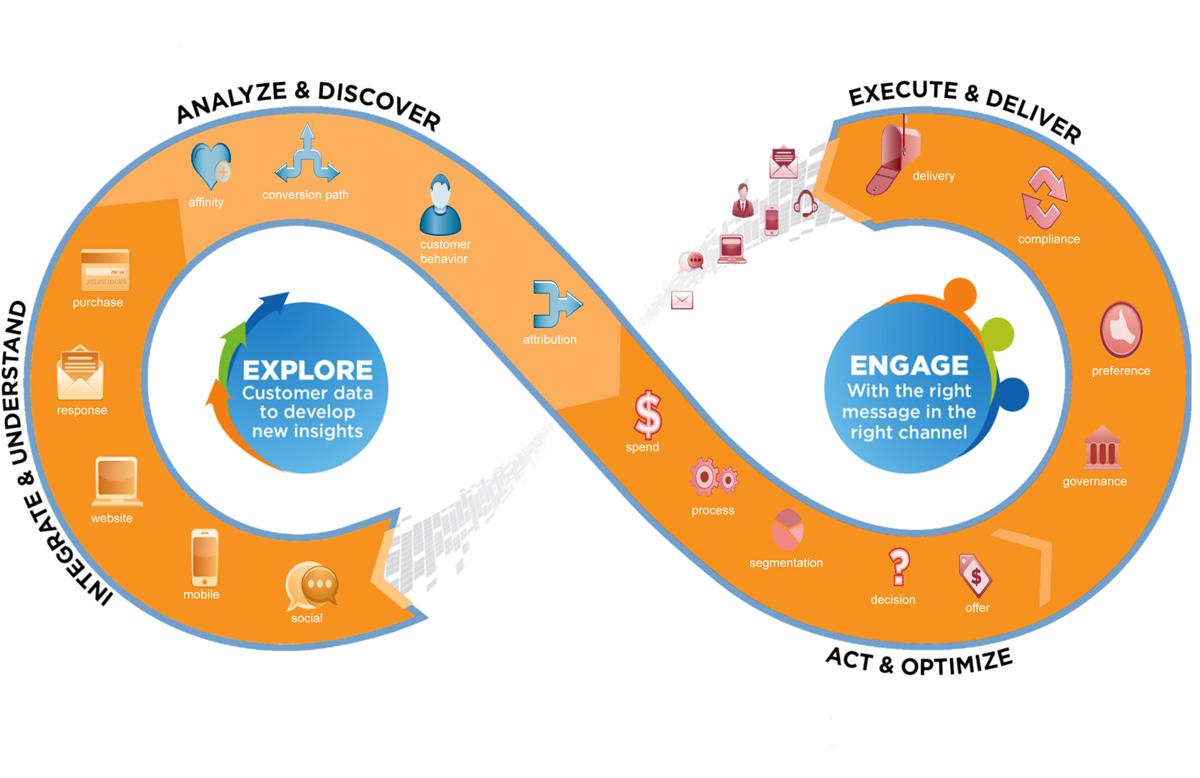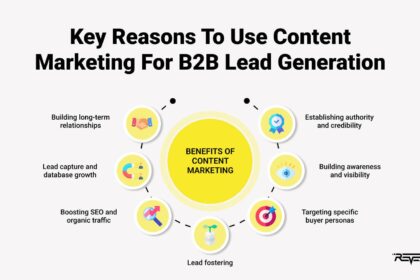In an era where the digital landscape evolves at breakneck speed, the ability to navigate the complex interplay between consumer behavior and marketing strategy has never been more crucial. Welcome to a realm where intuition meets empirical evidence—where insights gleaned from data unlock the potential for unprecedented success. “Unlocking Success: The Power of Data-Driven Marketing” takes you on a journey through the transformative capabilities of analytics, revealing how businesses of all sizes can harness the wealth of information at their fingertips. From understanding customer preferences to optimizing campaigns in real time, this article explores the strategies that not only propel brands forward but also redefine the very essence of effective marketing in our data-driven world. Join us as we delve into the mechanics of leveraging data to create meaningful connections and drive growth, illuminating the path to success in an increasingly competitive marketplace.
Harnessing Insights from Customer Behavior for Targeted Campaigns
In the dynamic landscape of marketing, understanding customer behavior is essential for crafting campaigns that resonate. By utilizing advanced analytics tools, businesses can identify patterns and preferences that guide their targeting strategies. Key insights can be derived from:
- Purchase History: Analyzing what customers have purchased in the past can reveal trends and preferences.
- Engagement Metrics: Metrics such as click rates and time spent on website sections help pinpoint what captures interest.
- Demographics: Understanding age, gender, and location provides context to customer preferences.
- Feedback and Reviews: Customer feedback unveils pain points and highlights what delights them.
Once data is aggregated, segmentation becomes a powerful tool for personalization. By categorizing customers based on their behavior, marketing efforts can be refined to ensure that messages resonate with the right audience. For example, a table showcasing different segments and tailored campaigns could look like this:
| Customer Segment | Behavior Insight | Targeted Campaign |
|---|---|---|
| Frequent Buyers | High purchase frequency | Loyalty rewards program |
| Abandoned Cart Users | Items left in cart | Reminder emails with discounts |
| New Visitors | First-time site users | Welcome offers and guides |
By leveraging these insights and strategies, companies can not only enhance their marketing effectiveness but also foster deeper connections with their customers, resulting in increased loyalty and revenue.

Turning Raw Data into Strategic Decisions for Optimal ROI
In the fast-paced world of marketing, data is no longer just a byproduct of campaigns; it’s the backbone of strategic decision-making. By harnessing analytics, businesses can transform mountains of raw data into actionable insights. This process involves identifying patterns and trends to guide future initiatives. Companies can refine their audience targeting and messaging by focusing on key metrics such as customer behavior, conversion rates, and engagement levels. Here are some essential steps for turning data into strategy:
- Data Collection: Gather data from multiple sources including social media, websites, and email campaigns.
- Segmentation: Break down your audience into distinct groups for tailored messaging.
- Analysis: Utilize tools to interpret the data and extract valuable insights.
- Implementation: Apply findings to develop targeted marketing strategies.
Implementing a data-driven approach not only leads to improved decision-making but also maximizes return on investment (ROI). When companies analyze customer journeys and feedback, they can optimize their strategies by focusing on high-impact areas. For example, allocating more resources to channels with high engagement can significantly boost conversion rates. The following table illustrates how different marketing strategies can yield varying results based on data-driven insights:
| Strategy | Engagement Rate (%) | Conversion Rate (%) | ROI ($) |
|---|---|---|---|
| Email Marketing | 25 | 5 | $4.50 |
| Social Media Ads | 40 | 7 | $3.75 |
| Content Marketing | 30 | 6 | $5.00 |

Leveraging Predictive Analytics to Stay Ahead of Market Trends
In today’s fast-paced business landscape, staying ahead of market trends is not just an advantage; it’s a necessity. By employing predictive analytics, companies can gain invaluable insights into consumer behavior and preferences. These insights are derived from historical data, which helps businesses identify patterns and anticipate future market shifts. Leveraging such analytics enables organizations to craft tailored marketing strategies that resonate more deeply with their target audiences. Consider some of the following benefits:
- Enhanced Decision Making: Predictive analytics provides a solid foundation for making informed choices, reducing reliance on gut feelings.
- Customer Segmentation: Businesses can identify key customer segments, allowing for personalized marketing efforts that drive engagement.
- Risk Management: Organizations can predict potential risks and opportunities, enabling proactive adjustments to their strategies.
To visualize the impact of predictive analytics on marketing strategies, consider the following table showcasing the correlation between analytic insights and marketing performance:
| Analytic Insight | Marketing Impact |
|---|---|
| Customer Buying Patterns | Increased Conversion Rates |
| Market Demand Forecasting | Improved Product Launch Success |
| Churn Prediction | Reduced Customer Attrition |
By intertwining predictive analytics with marketing strategies, businesses can not only gauge current market conditions but also forecast future trends, ensuring they remain at the forefront of their industries. This proactive approach empowers organizations to refine their campaigns, optimize resource allocation, and ultimately cultivate a more substantial competitive edge.

Building a Culture of Continuous Improvement through Data Integration
Creating an environment where data informs decision-making is crucial in today’s rapidly evolving market landscape. By leveraging integrated data sources, businesses can foster a continuous improvement culture that encourages experimentation and adaptation. This approach allows organizations to rapidly respond to changes in consumer behavior and market trends, ensuring that marketing strategies remain effective and relevant. Key components of this integration include:
- Unified Data Platforms: Centralizing data to provide a comprehensive view of customer interactions.
- Real-Time Analytics: Continually assessing performance metrics to make timely adjustments.
- Cross-Department Collaboration: Facilitating communication between marketing, sales, and product teams to align goals and insights.
Moreover, the power of real-time data integration enables businesses to identify improvement opportunities swiftly and effectively. When teams can visualize and analyze key performance indicators (KPIs), they are better equipped to make informed decisions that drive growth. Consider the following table that highlights common KPIs and their implications for marketing strategies:
| Metric | Implication |
|---|---|
| Conversion Rate | Indicates the effectiveness of marketing campaigns. |
| Customer Acquisition Cost (CAC) | Helps assess the ROI of marketing initiatives. |
| Customer Lifetime Value (CLV) | Guides long-term strategy and customer retention efforts. |
Concluding Remarks
In a world where information is the new currency, embracing data-driven marketing isn’t just an option; it’s a necessity. By harnessing the insights gleaned from analytical tools and consumer behavior patterns, businesses can illuminate their path to success. As we’ve explored, the power of data transforms mere guesswork into informed decision-making, empowering brands to connect more authentically with their target audiences.
Whether you’re a seasoned marketer or just stepping into the vast realm of digital commerce, the lessons learned here serve as a compass to navigate the complexities of today’s marketplace. As you move forward, remember that the true essence of data-driven marketing lies not just in numbers, but in the stories they tell and the relationships they forge.
So, as you set out to unlock new heights for your brand, let the power of data guide your strategies and decisions. The potential is boundless, and the future is ripe with opportunity—step into it with confidence and curiosity. After all, in the symphony of success, data is the maestro orchestrating every note.



